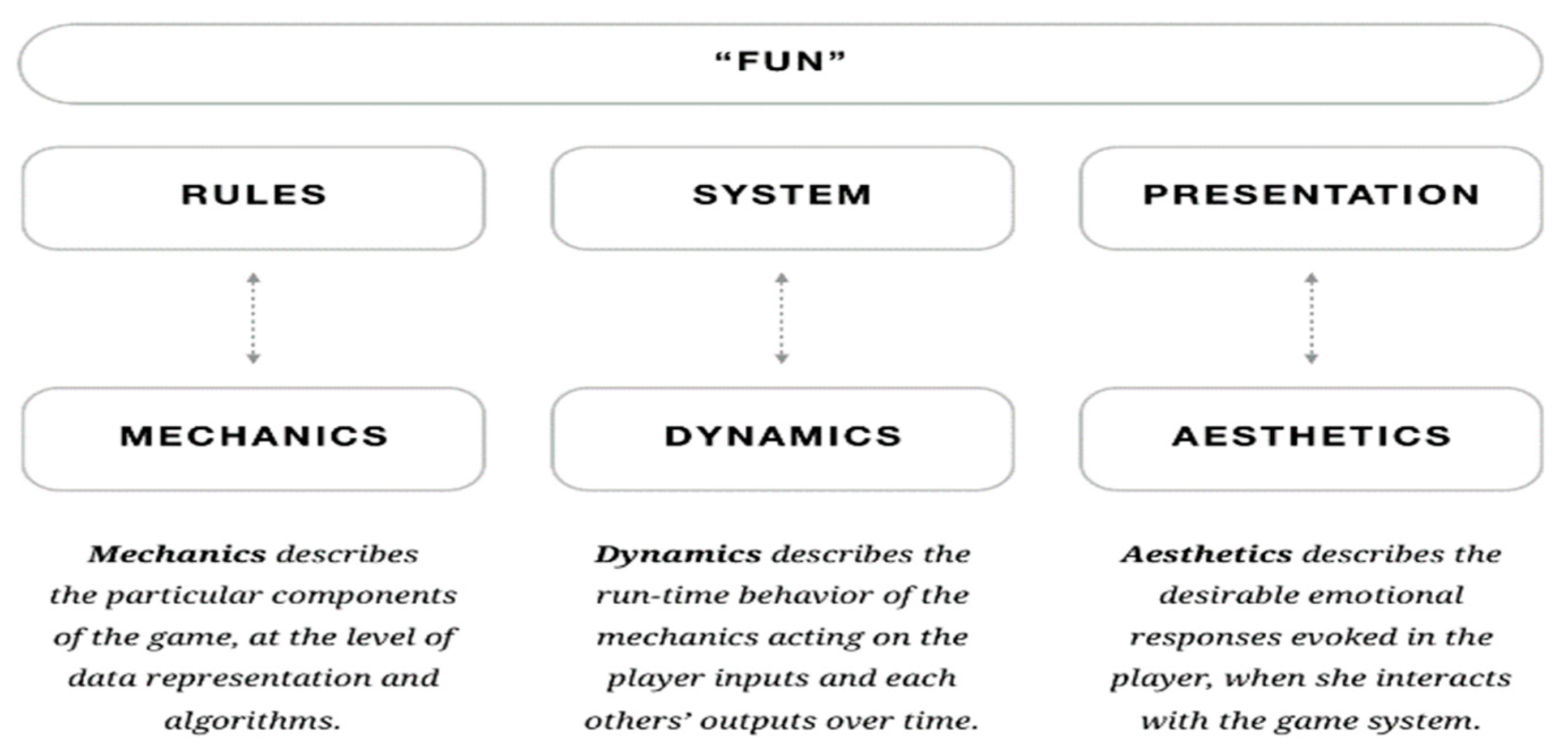Brett Rickaby's Insightful Corner
Exploring the world through news, tips, and intriguing stories.
Gamify Your Game: The Unexpected Science Behind Player Engagement Mechanics
Unlock the surprising science of player engagement! Discover how gamification transforms gameplay and keeps players coming back for more.
The Psychology of Play: How Gamification Enhances Player Engagement
The concept of play is deeply embedded in human nature, serving not only as a source of entertainment but also as a vital component of psychological development. The psychology of play highlights how engaging in playful activities can enhance creativity, problem-solving skills, and even emotional resilience. Through play, individuals experience a range of emotions and learn to navigate complex social interactions. When elements of play are incorporated into non-game contexts, this approach is known as gamification, which strategically uses game-like features to boost motivation and engagement.
Gamification taps into fundamental psychological triggers such as competition, reward, and achievement, making activities more enticing and personalized. For instance, incorporating leaderboards, achievements, and progress tracking into everyday tasks can significantly enhance player engagement. As individuals pursue these goals, their intrinsic motivation grows, leading to increased participation and satisfaction. By understanding the psychology of play, businesses and educators can create environments that not only foster engagement but also drive meaningful results through the power of play.

Counter-Strike is a highly popular team-based first-person shooter game that pits terrorists against counter-terrorists in various game modes. Players can engage in intense matches and compete for supremacy, with various weapons and strategies at their disposal. For those looking to enhance their gaming experience, using a duelbits promo code can provide exciting opportunities for bonuses and promotions.
Unlocking Engagement: Key Mechanics That Keep Players Coming Back
In the world of gaming, engagement plays a crucial role in retaining players and ensuring they return for more. One of the key mechanics that contribute to this is the implementation of reward systems. Players are more likely to engage with a game when they are consistently rewarded for their efforts. This can take many forms, such as achievement unlocks, in-game currency, or unique items that enhance gameplay. Moreover, these rewards often lead to a cycle of positive reinforcement, encouraging players to invest more time and effort into the game.
Another vital mechanic that fosters player retention is the incorporation of social features. Games that allow players to connect with friends or form communities tend to create a more immersive experience. This can include features like team-based objectives, leaderboards, or player-versus-player competitions. When players can interact and compete with others, it enhances their overall experience and satisfaction. As a result, they are more likely to return to the game regularly, driven by the desire to improve their standing or reconnect with their friends.
What Makes Gamification Effective? Exploring the Science Behind Player Motivation
Gamification is effective because it leverages psychological triggers that engage and motivate individuals. At the core of player motivation lie several key factors, including autonomy, mastery, and purpose. Autonomy refers to the inherent desire for players to feel in control of their actions and decisions within a game environment. When users are given choices, they are more likely to be invested in the outcomes. Additionally, the pursuit of mastery—where players strive to improve their skills and achieve higher levels—fuels a natural drive to engage with the gamified elements. Purpose, on the other hand, provides a meaningful context for players’ actions, enhancing their emotional connection to the game objectives.
Moreover, the science behind player motivation includes a well-designed feedback loop that reinforces successful behaviors. When players receive immediate rewards for completing challenges or tasks, it stimulates the release of neurotransmitters like dopamine, which is associated with pleasure and satisfaction. This positive reinforcement not only encourages continued participation but also fosters a sense of accomplishment. Implementing leaderboards, badges, and rewards systems creates a competitive environment that can further enhance engagement, as players strive to climb higher and achieve recognition among their peers. By understanding and applying these principles, developers can create compelling gamified experiences that resonate with their audience.